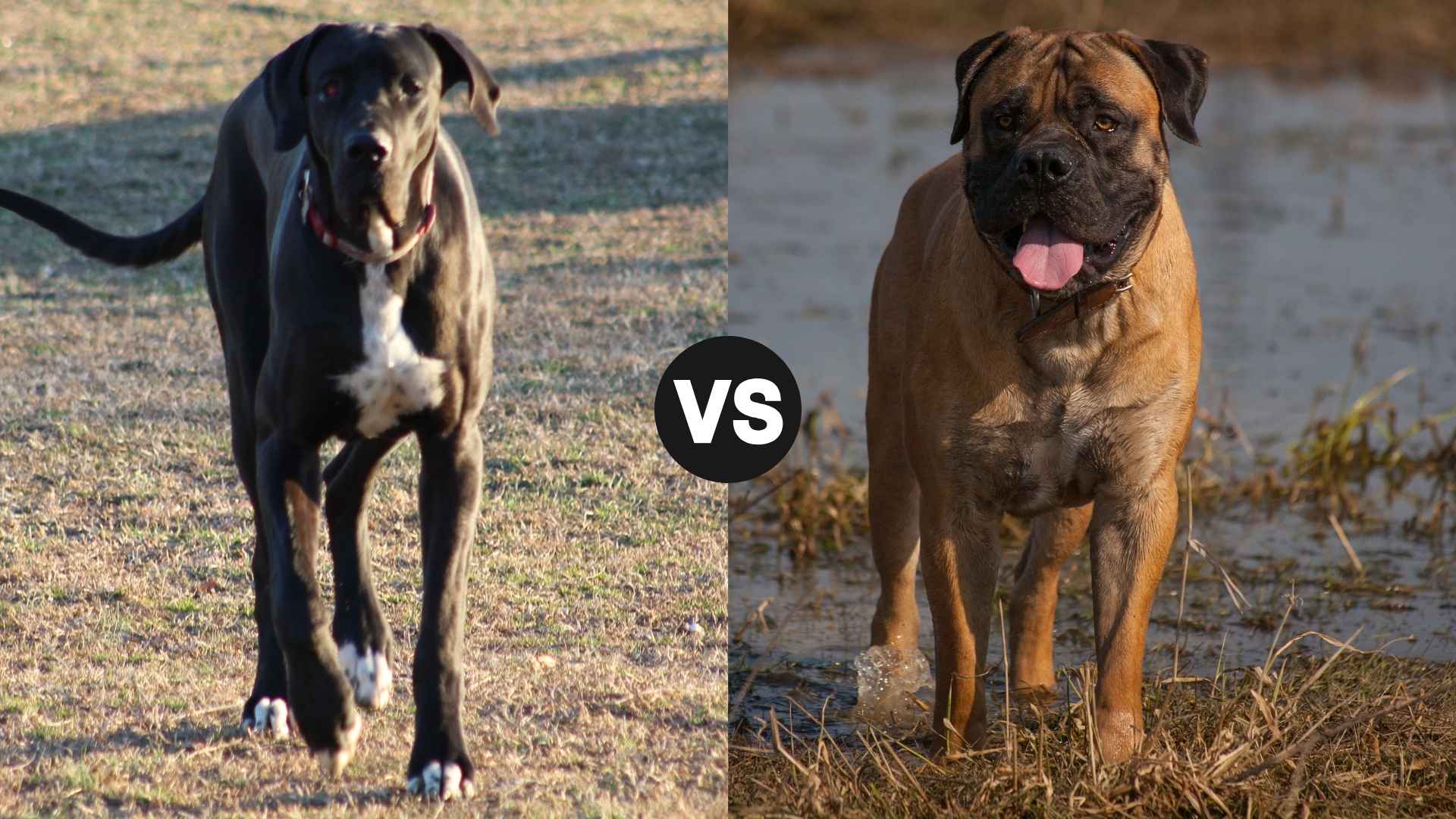When it comes to powerful, commanding dogs with loyal hearts, the Great Dane and Boerboel often top the list. Though they may seem similar at first glance, these two gentle giants hail from very different backgrounds—the Great Dane from Germany and the Boerboel from South Africa.
While the Great Dane tends to tower over the Boerboel by about 7 inches, both breeds generally weigh the same and share a similar life expectancy. These dogs may differ in size, but they’re equal when it comes to devotion, strength, and presence.
Interestingly, Great Danes may produce slightly larger litters, but in terms of grooming and upkeep, both are considered low-maintenance companions.
Whether you’re looking for a majestic guardian or a powerful family protector, understanding the key differences between the Great Dane vs the Boerboel will help you choose the perfect canine companion for your lifestyle. Let’s dive deeper into their unique traits.
Great Dane vs. Boerboel
The Great Dane, often referred to as the “Apollo of dogs,” was developed in Germany over 400 years ago for hunting boars. Despite its French name origin, the breed has no ties to Denmark and is known in Germany as the Deutsche Dogge or German Mastiff, according to Britannica.
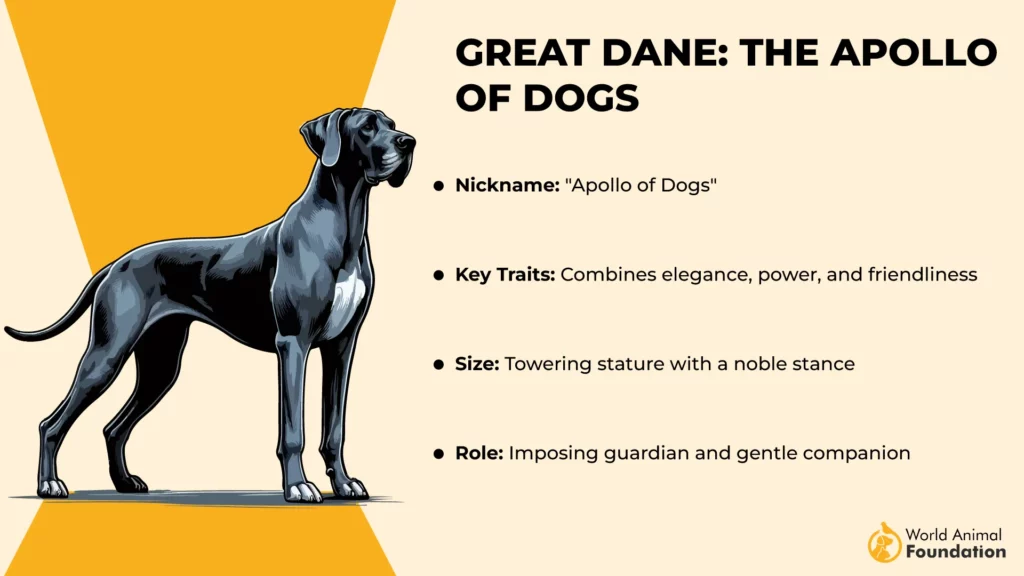
With a towering frame, massive square-jawed head, and sleek, elegant body lines, the Great Dane is the tallest of the dog breeds. Its short coat comes in a variety of colors, including fawn, brindle, black, blue-gray, harlequin, and mantle, with fawn and brindle dogs typically sporting a black mask. Swift, friendly, and dependable, the Great Dane balances size with grace and sociability.
On the other hand, the Boerboel, or South African Mastiff, was bred to guard rural farms from predators like hyenas and lions. Recognized as a breed only in the 1980s, Boerboels are muscular, grounded protectors built for Africa’s rugged terrain.

They are affectionate and even-tempered with their families but naturally wary of strangers, making them excellent guard dogs. Their strength and loyalty shine in both work and companionship, though their protective instincts mean they require proper socialization. Where the Great Dane exudes elegance and sociability, the Boerboel brings rugged strength and a deeply rooted guardian instinct.
Comparison of Size and Weight
The Great Dane’s size is between 28 and 32 inches tall. Known for its towering height, this breed commands attention with an elegant, statuesque frame. The tallest recorded Great Dane, Zeus, reached an astonishing 41 inches at the shoulder and measured over 7 feet tall when standing on his hind legs.
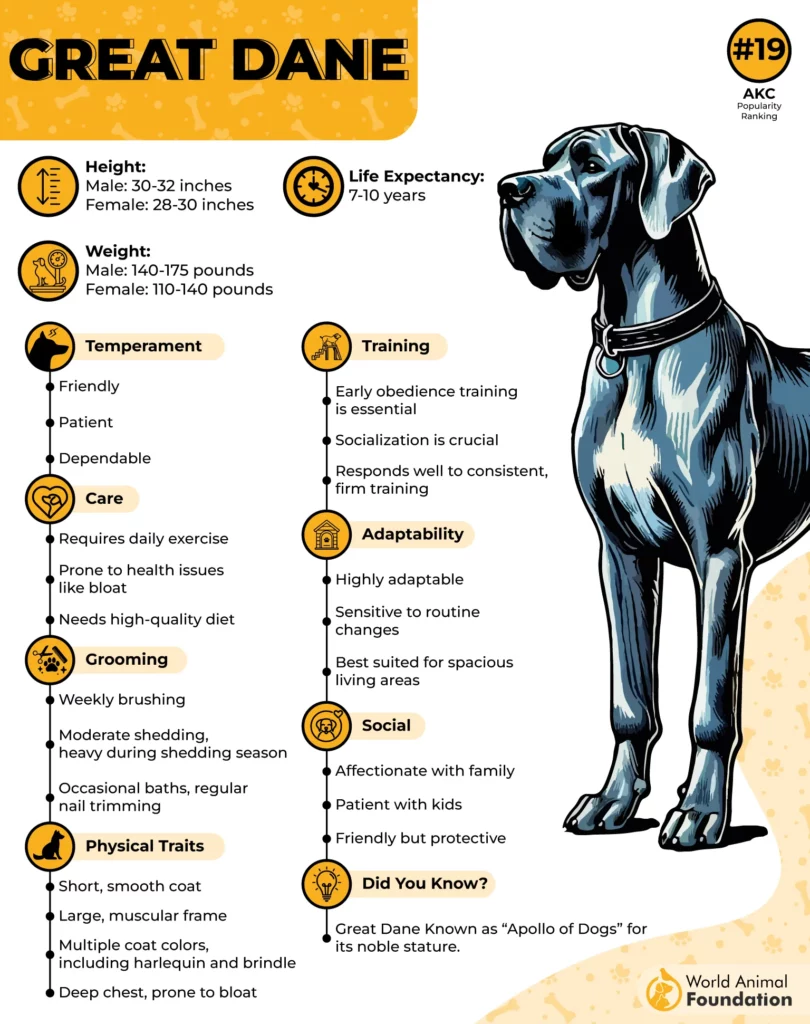
While their size gives them a regal appearance, Great Danes have a relatively lean, streamlined build. Depending on gender and body structure, their average weight is between 110 and 175 pounds.
The Boerboel, though shorter than the Great Dane, is a true heavyweight among dog breeds. Males usually measure between 24 and 27 inches tall, while females range from 22 to 25 inches. What the Boerboel lacks in height, it more than makes up for in solid muscle mass.
These powerful dogs often weigh between 150 and 200 pounds, thanks to their thick, dense frames. Bred as working and guarding dogs, Boerboels have a compact yet robust build that showcases strength and endurance, offering a stark contrast to the more slender physique of the Great Dane.
Personality and Temperament Overview
The Great Dane is often described as a true “gentle giant” with a calm, affectionate nature. Despite their imposing size, Danes are friendly with both family and strangers and tend to get along well with other dogs and pets. They are moderately playful but have relatively low energy levels, often preferring to lounge after short bursts of activity.
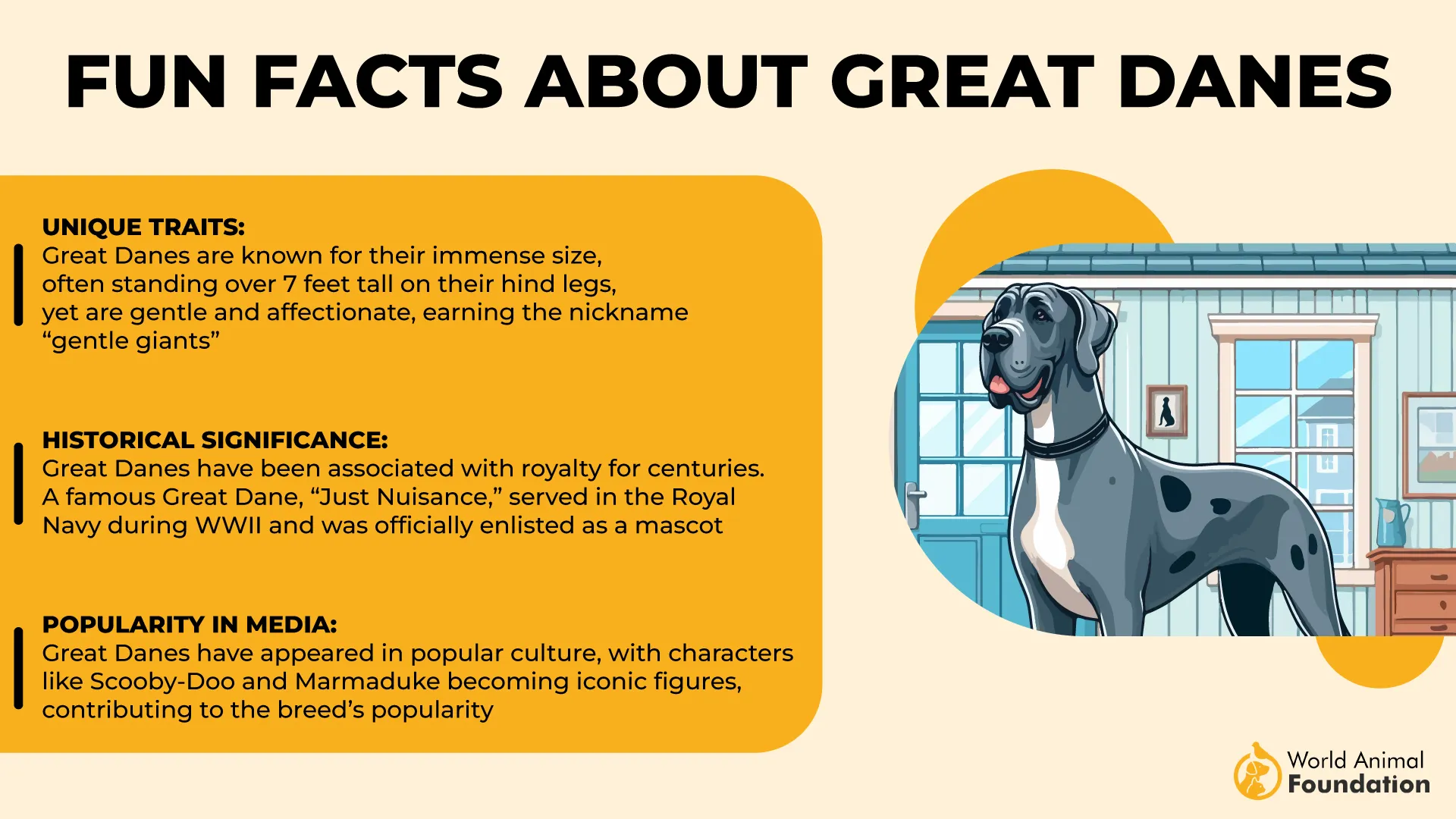
While they can serve as effective watchdogs due to their size and deep bark, they are generally quiet and non-aggressive. Great Danes are easygoing, gentle companions, but their sheer size can be overwhelming for small children or elderly individuals, making supervised interactions essential, states Purina.
In contrast, the Boerboel is a calm, loyal guardian with a deeply rooted protective instinct. While affectionate with family and good with other pets when raised together, their massive size means they are better suited for households with older children.

As noted by the American Kennel Club (AKC), Boerboels are more reserved with strangers and require early socialization to ensure balanced behavior. Though docile at home, they are agile and strong, needing daily exercise and mental engagement to prevent boredom or destructive behaviors. Their natural guarding instinct and even temperament make them reliable protectors and devoted family members when properly trained.
Adaptability and Level of Independence
Great Danes have a moderate ability to adapt to lifestyle changes and new environments, though they thrive in stable, predictable settings. While generally easygoing, they may need time to adjust to changes in routine or surroundings.
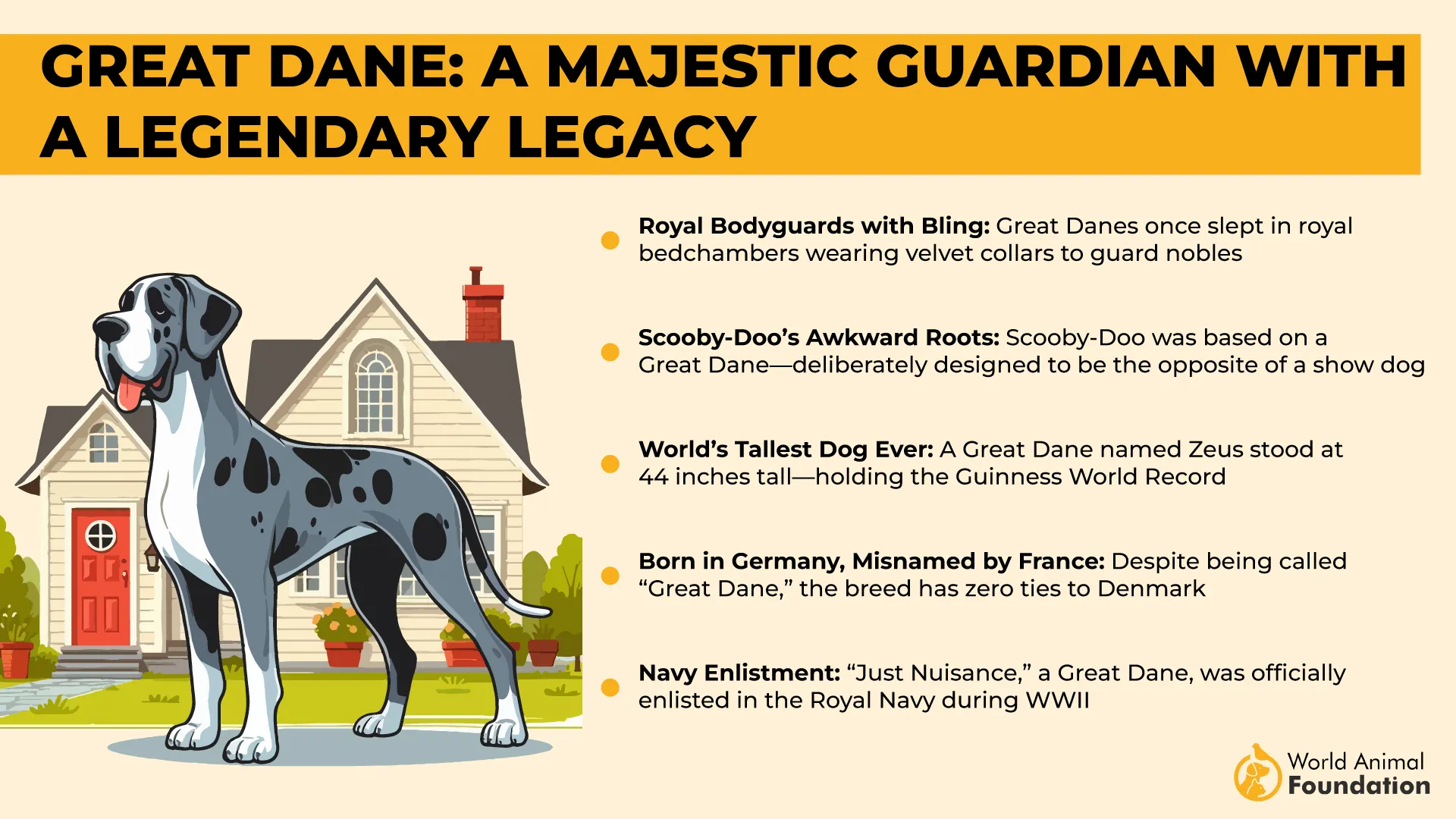
They form strong bonds with their families and don’t tolerate being left alone for long periods. Without regular interaction, they can become anxious or destructive, making them better suited for households where someone is home most of the day.
Boerboels also adapt reasonably well to changes, but prefer consistency in their environment. Their calm nature helps them adjust, but sudden disruptions may take time to process. Despite their independence, Boerboels crave companionship and daily stimulation.
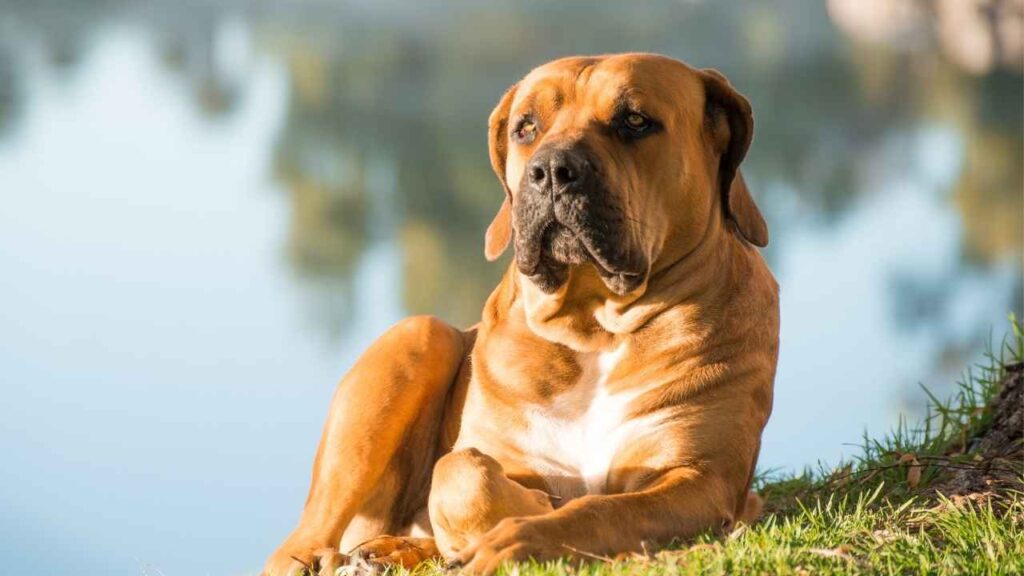
Left alone too long, they can become bored and potentially destructive. They are best suited for families that can provide both structure and regular engagement.
Bite Force and Jaw Characteristics
The Great Dane’s bite force is around 240 PSI, which, while strong, is not among the highest for large breeds. Its broad, square jaw enhances its commanding appearance, but the breed’s gentle, friendly nature means it rarely uses its strength aggressively. Though intimidating in size, the Great Dane is typically a calm, non-confrontational companion.
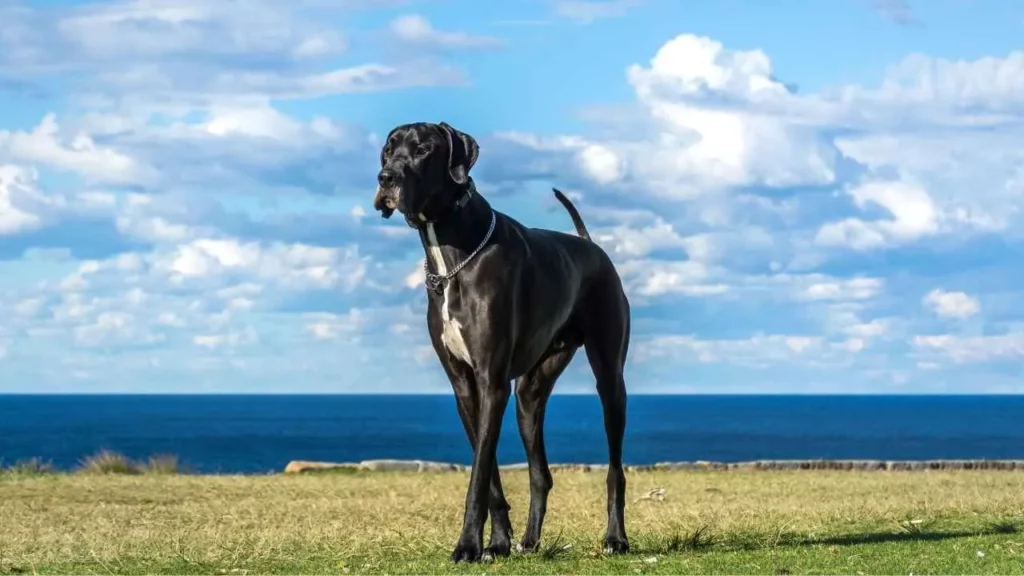
The Boerboel boasts a powerful bite force ranging from 250 to 350 PSI, reflecting its heritage as a guardian against large predators. With a muscular jaw and strong head, this mastiff-type breed is naturally protective and can be an effective deterrent when necessary. While not aggressive by nature, its strength requires proper training and early socialization for balanced behavior.
Health Conditions and Lifespan Analysis
Great Danes have a relatively short lifespan of 7–10 years and are prone to several serious health conditions due to their large size. Regular vet checkups, weight management, and preventive care are essential. Common health concerns include:
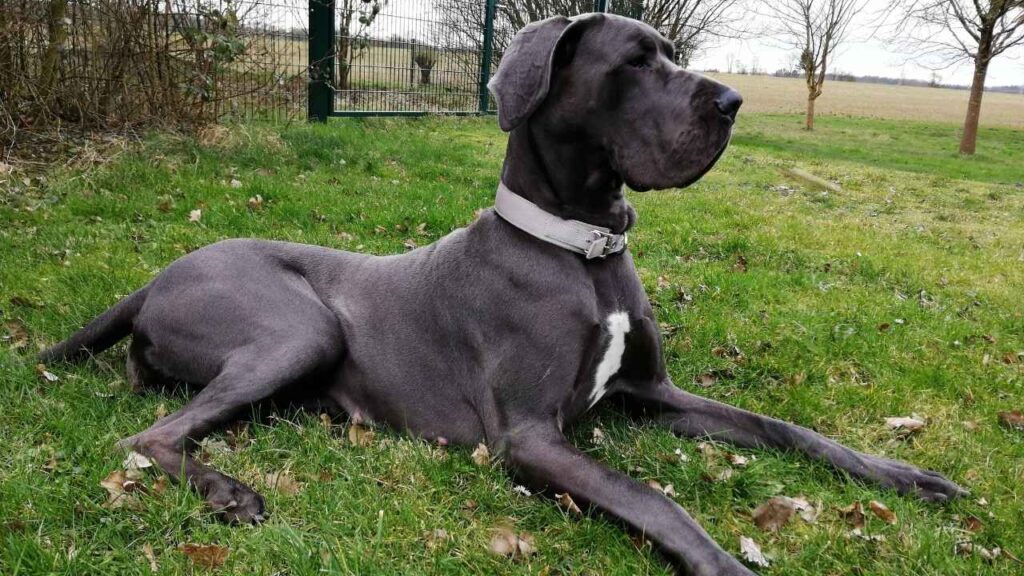
Gastric Dilatation Volvulus (GDV): Life-threatening stomach twisting; gastropexy is often recommended.
Hip Dysplasia: A genetic joint issue leading to arthritis.
Wobbler Syndrome: Neurological neck disorder linked to growth and nutrition.
Degenerative Myelopathy: Progressive spinal disease causing hind leg weakness.
Happy Tail Syndrome: Repeated tail trauma due to wagging.
Dilated Cardiomyopathy (DCM): Heart muscle disease affecting circulation and stamina.
Boerboel:
Boerboels typically live 9–11 years, with a few inherited conditions that responsible breeding can help minimize. Their strong build and protective instincts require good health monitoring. Key issues include:
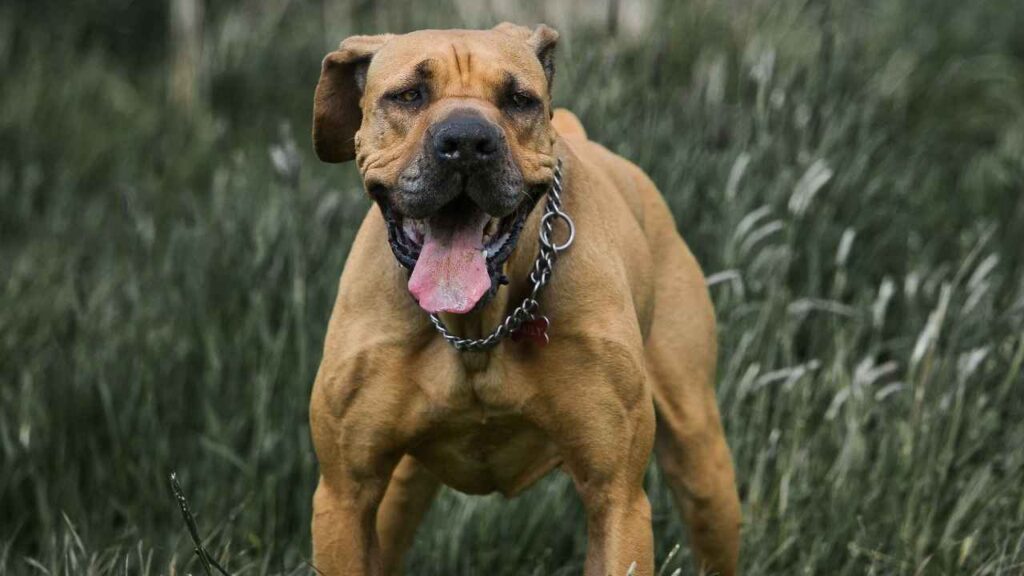
Hip & Elbow Dysplasia: Joint misalignment, worsened by poor diet or excess weight.
Eye Issues: Ectropion and entropion may require surgical correction.
Dilated Cardiomyopathy (DCM): Heart disease affecting energy and breathing.
Gastric Dilatation Volvulus (GDV): Emergency bloating risk; preventive surgery recommended, states PetMD.
Energy Levels and Daily Exercise Needs
Despite their calm demeanor, Great Danes require regular daily exercise to stay healthy and balanced. Two to three brisk walks a day are usually sufficient, though they can also make good jogging or hiking partners once they’re over 2 years old to protect their developing joints.
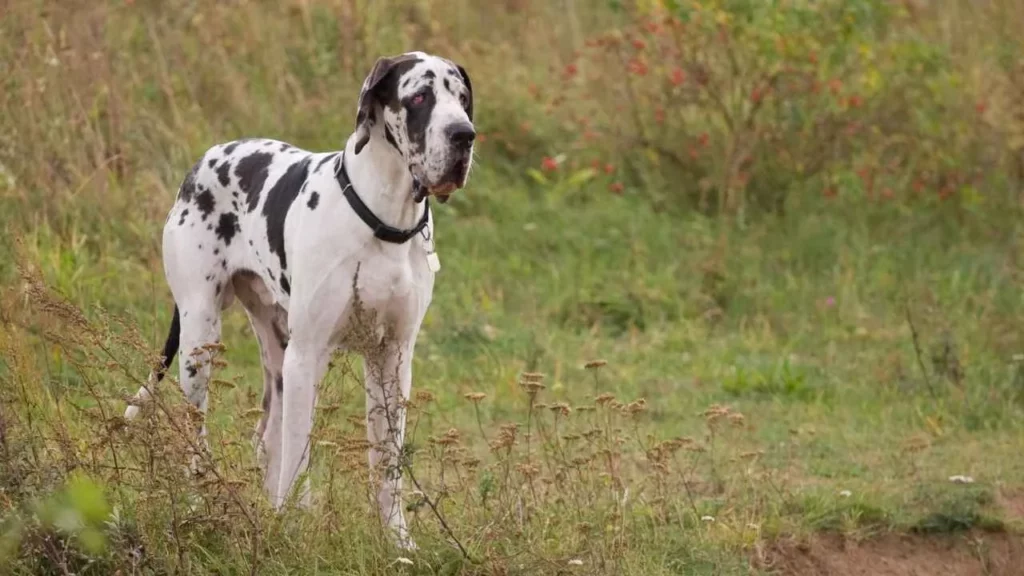
Activities like obedience, agility, and tracking can provide both mental and physical stimulation. Due to their tendency to roam and the risk of bloat, avoid exercise near mealtime and keep them leashed or in securely fenced areas.
Boerboels are powerful and athletic, needing consistent daily exercise and mental engagement. Long leash walks and active play in a secure yard help burn their energy, but they also require quality interaction with their owners.
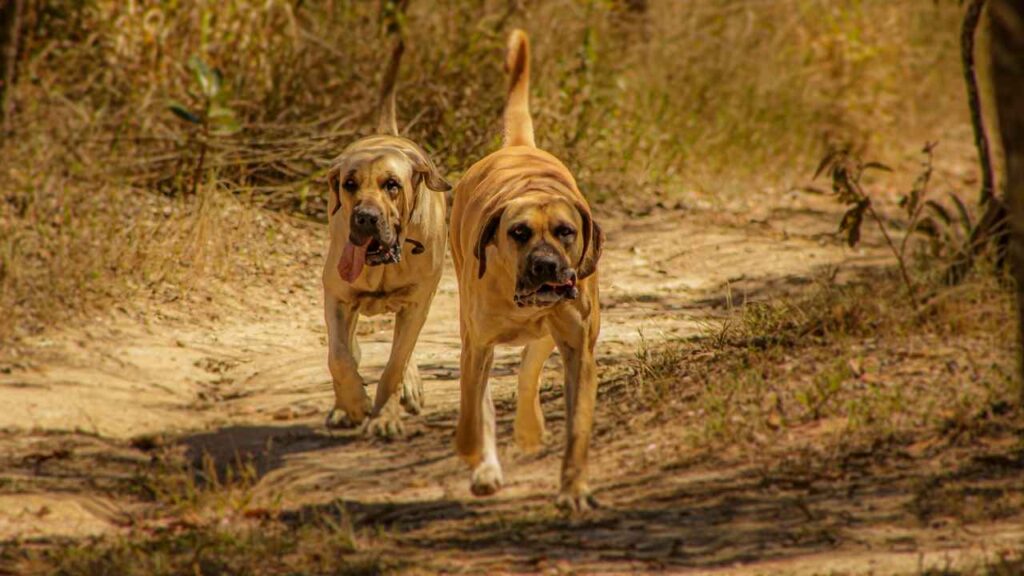
Given their protective instincts and potential dog aggression, they should never be off-leash or taken to dog parks. Boerboels thrive in structured activities like obedience, agility, rally, and protection work, which channel their strength and intelligence productively.
Grooming Requirements and Allergy Considerations
Great Danes have short, sleek coats that are relatively low-maintenance, requiring brushing about once a week with a rubber grooming mitt or soft-bristle brush. However, due to their large size, even minimal shedding can seem like a lot.
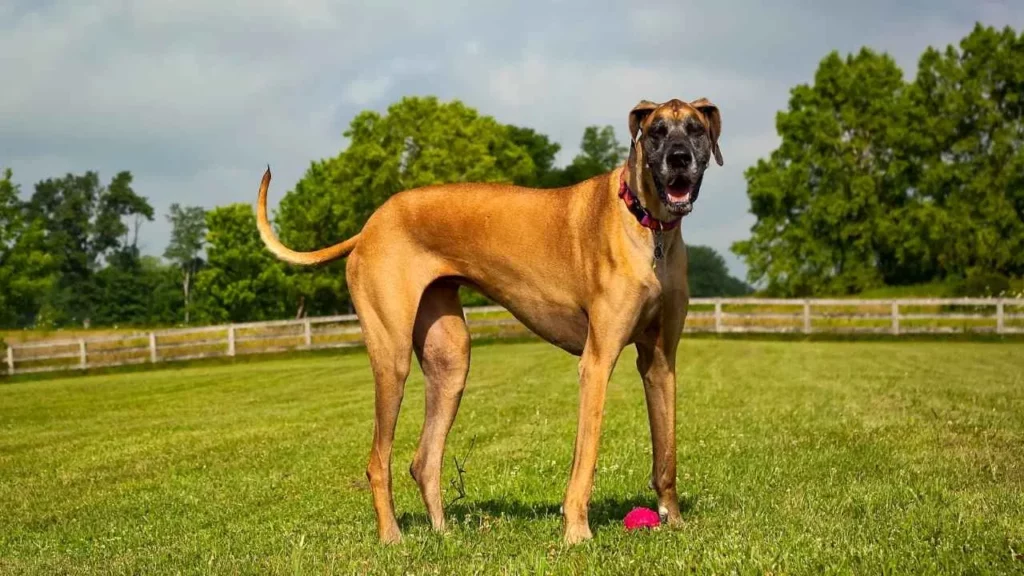
Shedding increases during seasonal changes, when daily brushing is ideal. They need occasional baths and regular nail trimming to prevent discomfort. While not hypoallergenic, their minimal dander and short coat may be more manageable for mild allergy sufferers compared to long-haired breeds.
The Boerboel’s short, dense coat sheds moderately year-round and benefits from weekly brushing using a hound glove or grooming mitt. This helps reduce loose hair, promotes healthy skin, and keeps the coat in top condition, states WebMD.
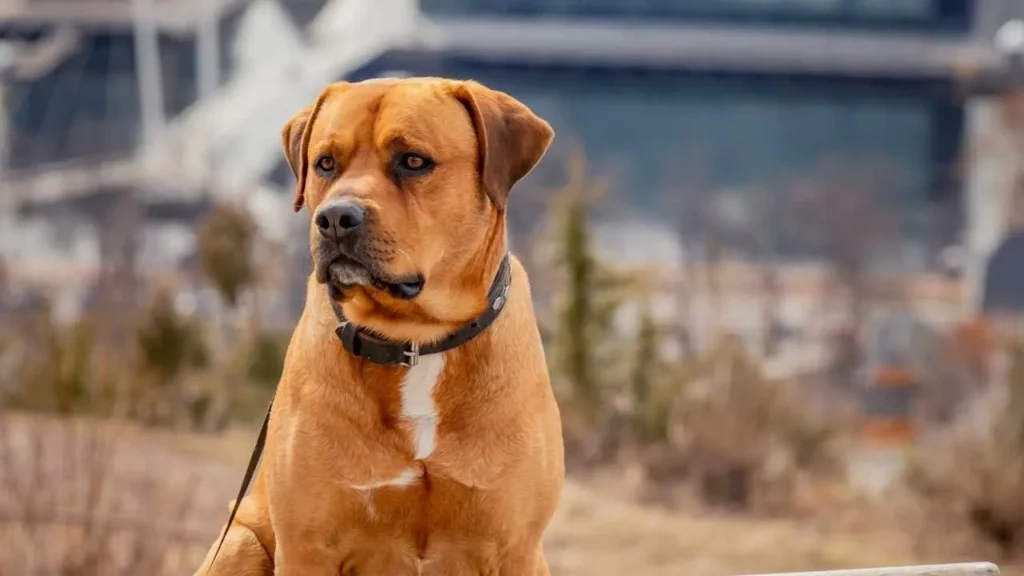
Like Great Danes, Boerboels only need occasional baths and consistent nail trimming. They are not hypoallergenic and may trigger reactions in allergy-sensitive individuals, especially due to their size and shedding volume, making regular grooming essential for cleanliness and allergen control.
Conclusion
Both the Great Dane and Boerboel come from a long history of strength and purpose—one bred to kill wild animals for nobility in Europe, the other to guard property in the harsh African landscape. These powerful dogs demand commitment, space, and structure.
Choosing between them depends on your lifestyle. The Great Dane, though massive, is gentle and fits well with families who want a calm, affectionate companion. The Boerboel is more territorial and protective, better suited for experienced owners who can provide firm guidance.
From health and grooming to energy and independence, each breed presents its own set of facts. If you’re considering owning one, watch expert videos, find a reputable breeder, and plan for potential damage if not trained well. In the end, either dog can be a loyal guardian, a loving friend, and a powerful presence—a true companion in today’s world.


